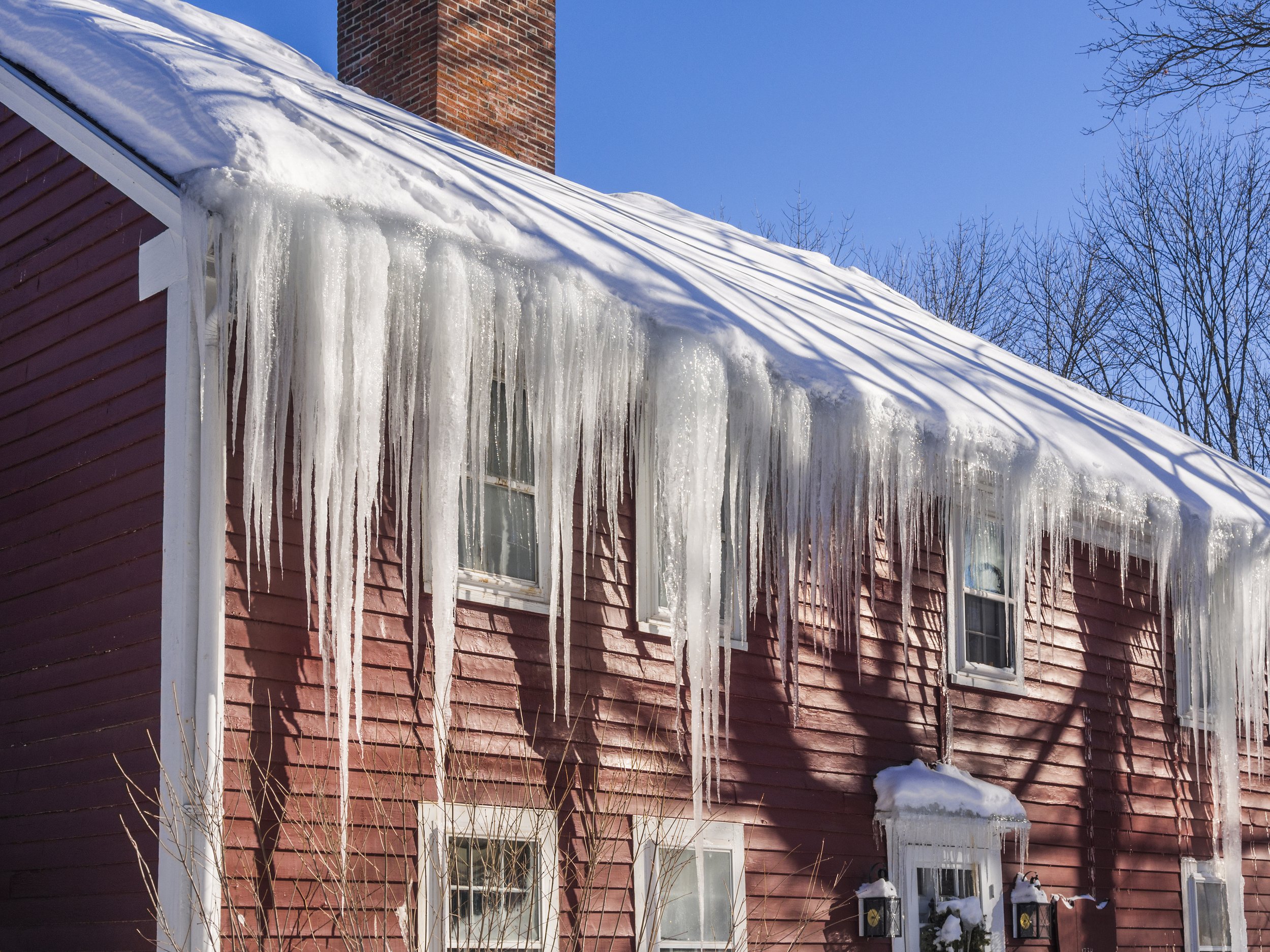Dealing with ice dams during winter can be a significant concern for homeowners. These ice formations not only damage roofs and gutters but can also lead to leaks and water damage inside your home. Understanding how ice dams form, how to remove them safely, and, importantly, how to prevent them can save you from costly repairs.
What Are Ice Dams?
Ice dams are ridges of ice that form along the edges of your roof. They develop when snow on the roof melts due to heat escaping from the attic. The melted water flows down the roof and refreezes at the colder eaves, creating a barrier. As more snow melts, the water backs up behind this ice barrier, potentially seeping under shingles and into your home.
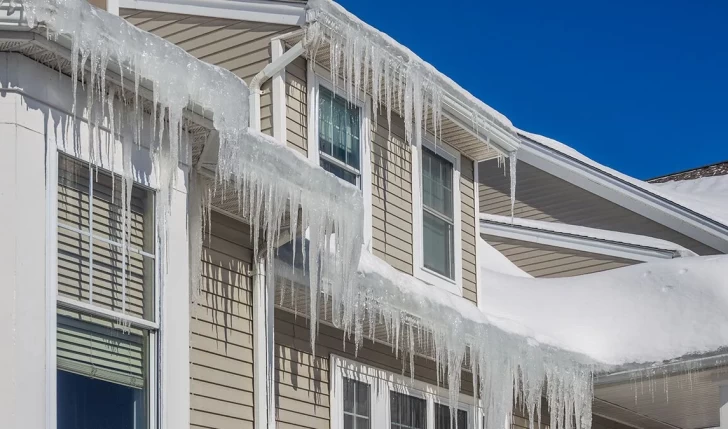
Causes of Ice Dams
The primary cause of ice dams is uneven roof temperatures. This unevenness occurs when heat escapes from the living areas into the attic, warming the roof’s surface and causing snow to melt. When this water reaches the colder eaves, it refreezes, leading to ice dam formation. Factors contributing to this process include:
-
Inadequate Attic Insulation: Allows heat to escape, warming the roof.
-
Poor Ventilation: Prevents cold air from circulating in the attic, causing the roof to warm.
-
Air Leaks: Gaps around light fixtures, vents, or chimneys can let warm air into the attic.
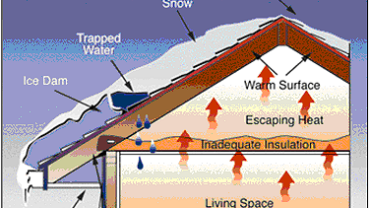
Effective Methods to Remove Ice Dams
If you notice ice dams forming, it’s essential to address them promptly to prevent damage. Here are some safe and effective methods:
-
Use a Roof Rake
-
What to Do: Gently remove snow from the roof using a long-handled roof rake, starting from the edge and working your way up.
-
Why It Helps: Removing snow reduces the source of water that can refreeze into ice dams.
-
Caution: Avoid using sharp tools that can damage shingles.
-
-
Apply Calcium Chloride
-
What to Do: Fill a nylon stocking with calcium chloride ice melt and place it vertically across the ice dam, ensuring it extends over the gutter.
-
Why It Helps: The chemical melts through the ice, creating a channel for water to flow off the roof.
-
Caution: Avoid using rock salt, as it can damage roofing materials and harm plants below.
-
-
Hire Professional Help
-
What to Do: If ice dams are extensive or persistent, consider hiring professionals who use steamers to safely remove ice without damaging the roof.
-
Why It Helps: Professionals have the right equipment and expertise to handle severe ice dams effectively.
-
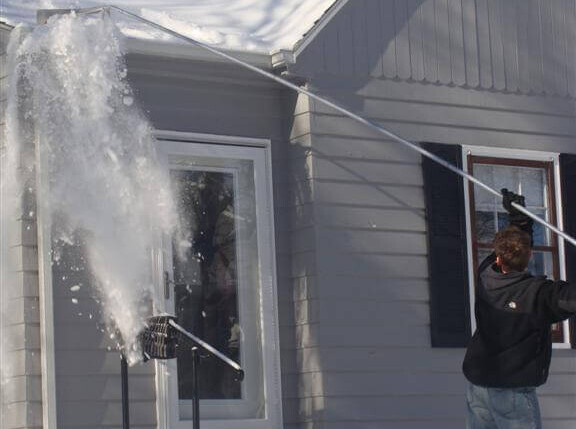
Preventing Ice Dams
Prevention is the best strategy to avoid the hassles and potential damage caused by ice dams. Here are some effective prevention methods:
-
Enhance Attic Insulation
-
What to Do: Ensure your attic has sufficient insulation to prevent heat from escaping into the attic.
-
Why It Helps: Proper insulation keeps the roof’s surface cold, preventing snow from melting and refreezing at the eaves.
-
-
Improve Attic Ventilation
-
What to Do: Install soffit and ridge vents to promote consistent airflow in the attic.
-
Why It Helps: Good ventilation maintains a uniform roof temperature, reducing the risk of ice dams.
-
-
Seal Air Leaks
-
What to Do: Identify and seal gaps around light fixtures, vents, chimneys, and other areas where warm air can escape into the attic.
-
Why It Helps: Sealing leaks prevents warm air from reaching the roof, keeping it cold and reducing snow melt.
-
-
Regular Roof Maintenance
-
What to Do: Keep your roof and gutters clean and free of debris.
-
Why It Helps: Clear gutters allow melted snow to flow off the roof efficiently, preventing water from backing up and forming ice dams.
-
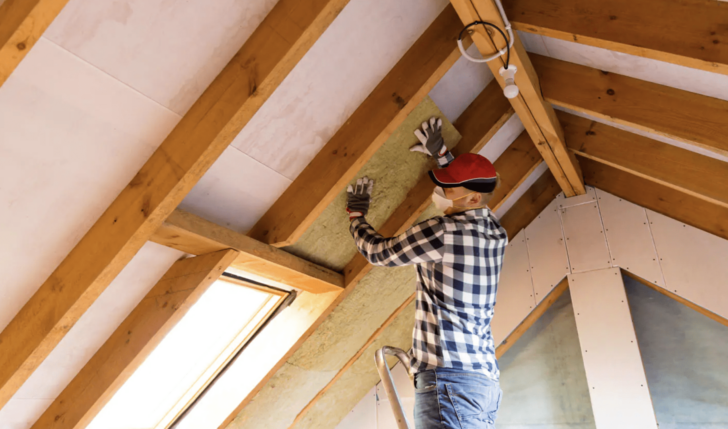
Conclusion
Ice dams can cause significant damage if not addressed promptly and effectively. By understanding their causes and implementing both removal and prevention strategies, you can protect your home during the winter months. If you’re uncertain about handling ice dams yourself, it’s always best to consult with professionals to ensure your safety and the integrity of your home.
For more detailed information and guidance, you can refer to resources like the University of Minnesota Extension’s guide on dealing with and preventing ice dams.


